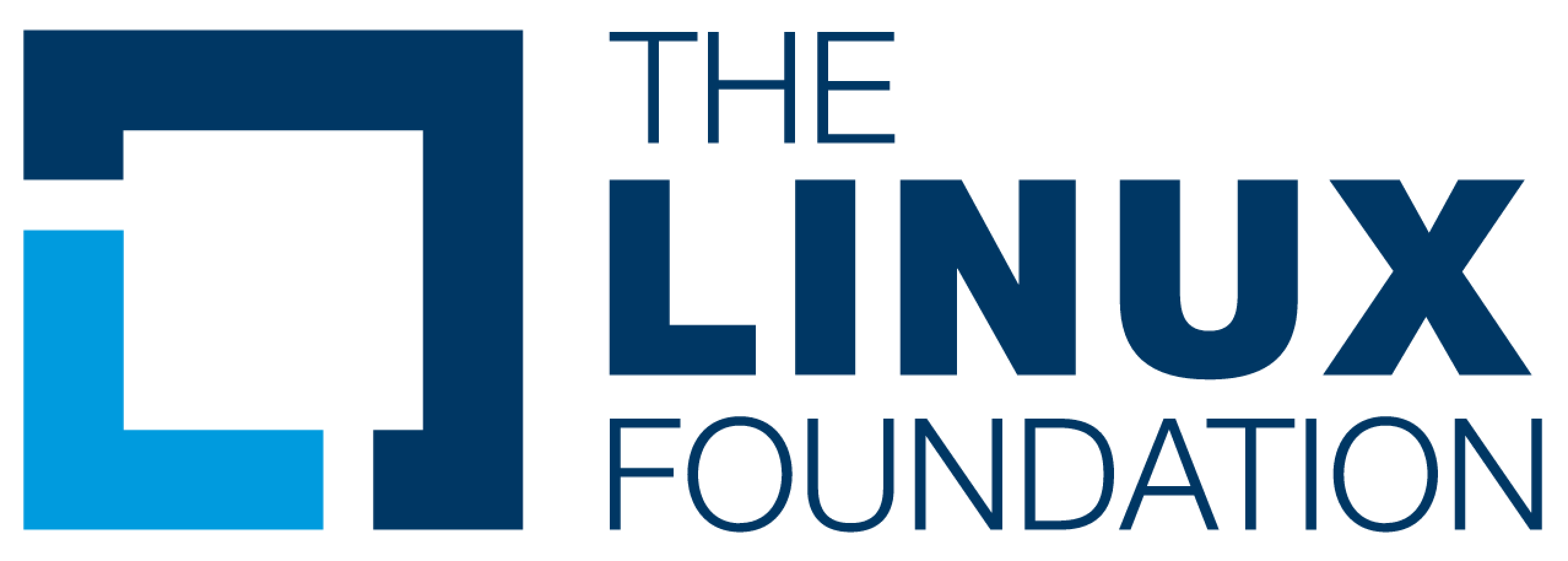If you’ve been watching this space, you know we’ve been gearing up for our LA symposium on September 14, co-located with the Linux Foundation’s Open Source Summit. Swapnil Bhartiya walks through the different talks and why you should go – as well as a good bit from me about OSEN and the event:
“The secret of 21st century innovation is that much of it doesn’t happen inside software vendors anymore, rather the most innovative companies have learned how to make use of all the innovation that happens outside their office walls and often beyond their control.
So how does one take advantage of the open source innovation happening outside of your purview? And learn how to build products and business in this new collaborative model? That’s why you should attend – RSVP now ($149.99).


